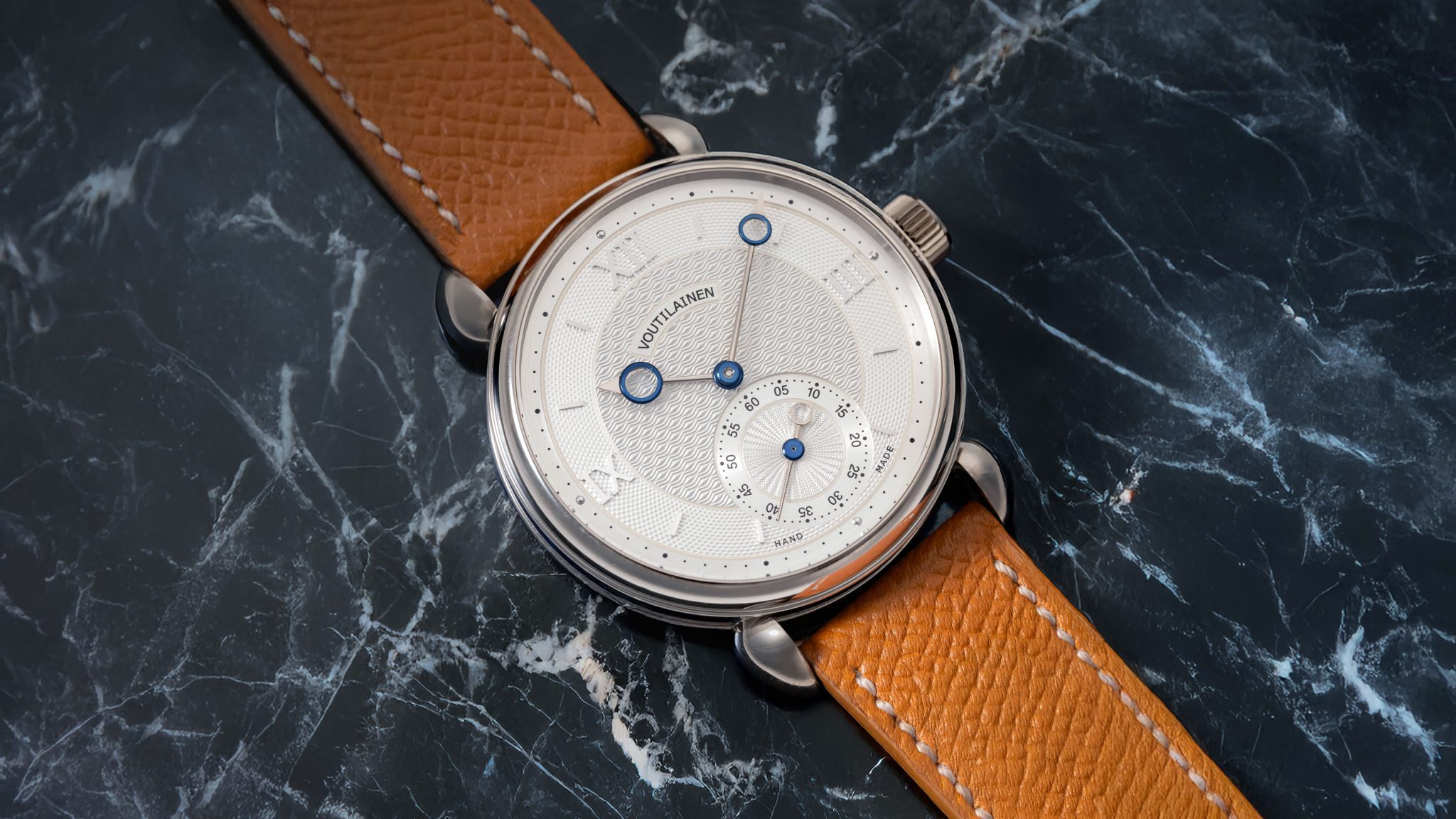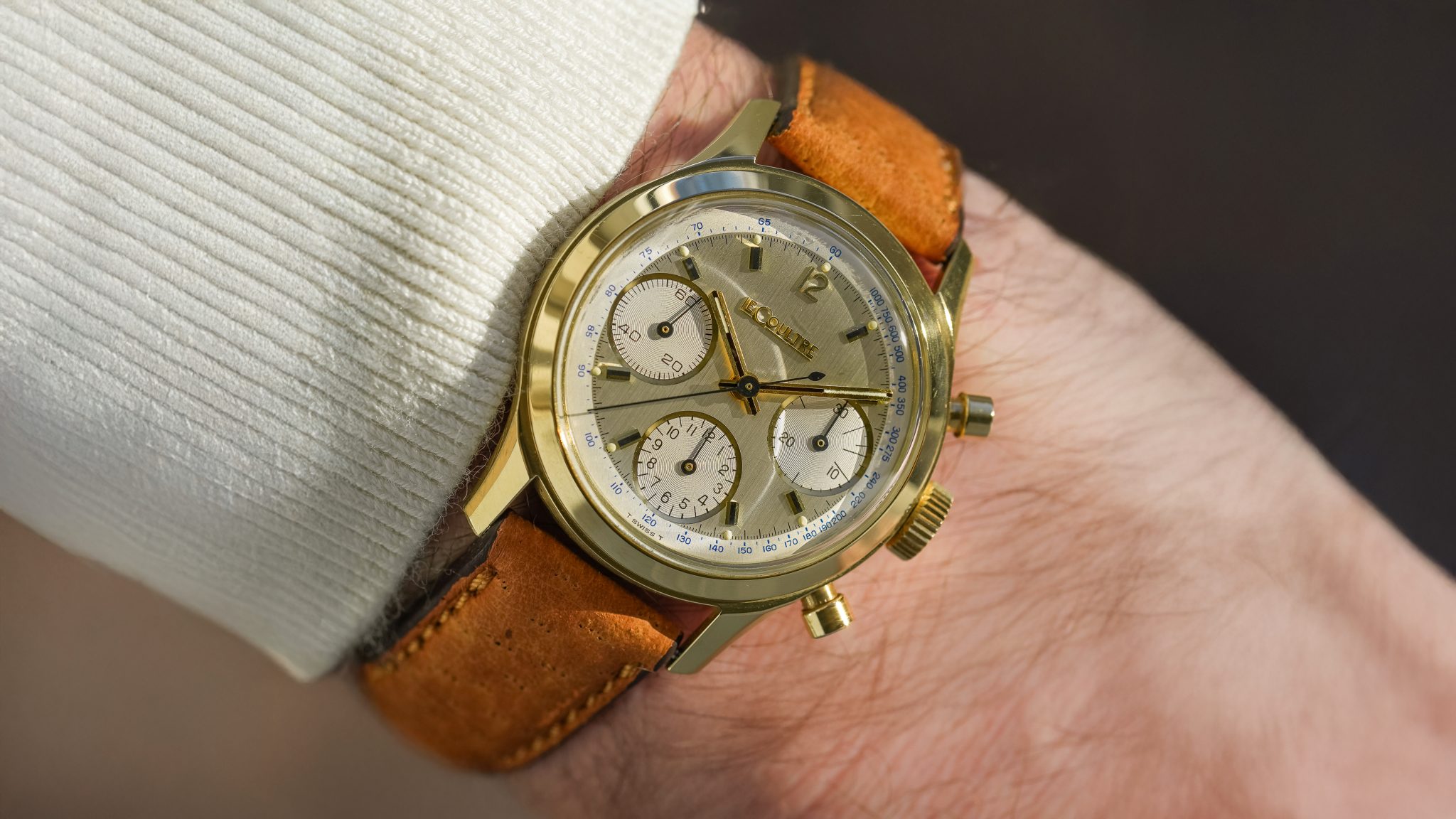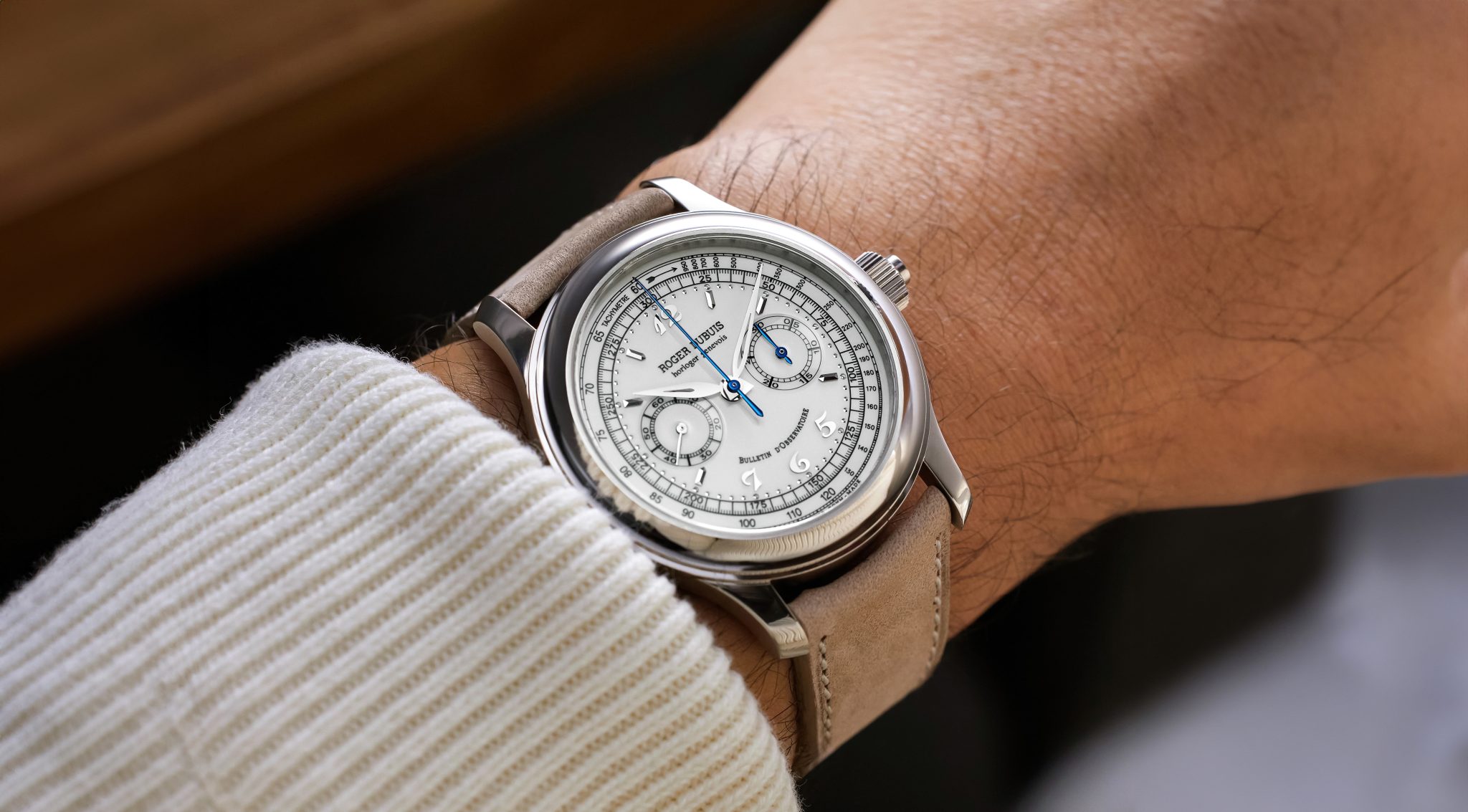
H40 Roger Dubuis Monopusher Chronograph
Early Roger Dubuis, in design and finish, often feels closer to the Patek Philippe of old than a lot of Patek Philippe does today. It also could not feel more separate to the modern incarnation of Roger Dubuis. This brief flash of brilliance was created directly after Dubuis had worked for Patek, for nearly two decades, heading the complications department and restoring Patek’s most complex references. That period of his life summed to massively influence the start of his eponymous brand in 1995, where expertise in complication and a long steeping in the very best of vintage complicated Patek created some of the most beautiful first steps of any independent. This attitude did not survive the transition to Richemont ownership, and so we’re left with a flash of limited productions from ’95 until ’03 to study as the apex of the master’s work.

Dubuis was intimately familiar with the Lemania 2310, which Patek Philippe were still using when this was released. There is as much to learn about these as the 1463, as there are different case sizes (40, 37, 34), different dials (sector, guilloché, perlage), and even palladium. Dubuis went back to 1463 shapes for the case design: things like broad circular pushers, concave bezels, and generously-sized Breguet numerals. By contrast, the 5070 leaned on the lesser-known ref. 2512. I’ll just say it: it’s what the 5070 should’ve been. Interestingly the Dubuis Chronographs had been out for two years when Patek introduced the 5070 chronograph, which does make me wonder if perhaps Patek Philippe felt they couldn’t stray too close to what Dubuis had already made to stay distinct in the market. These could’ve been more influential than they get credit for on a few levels.
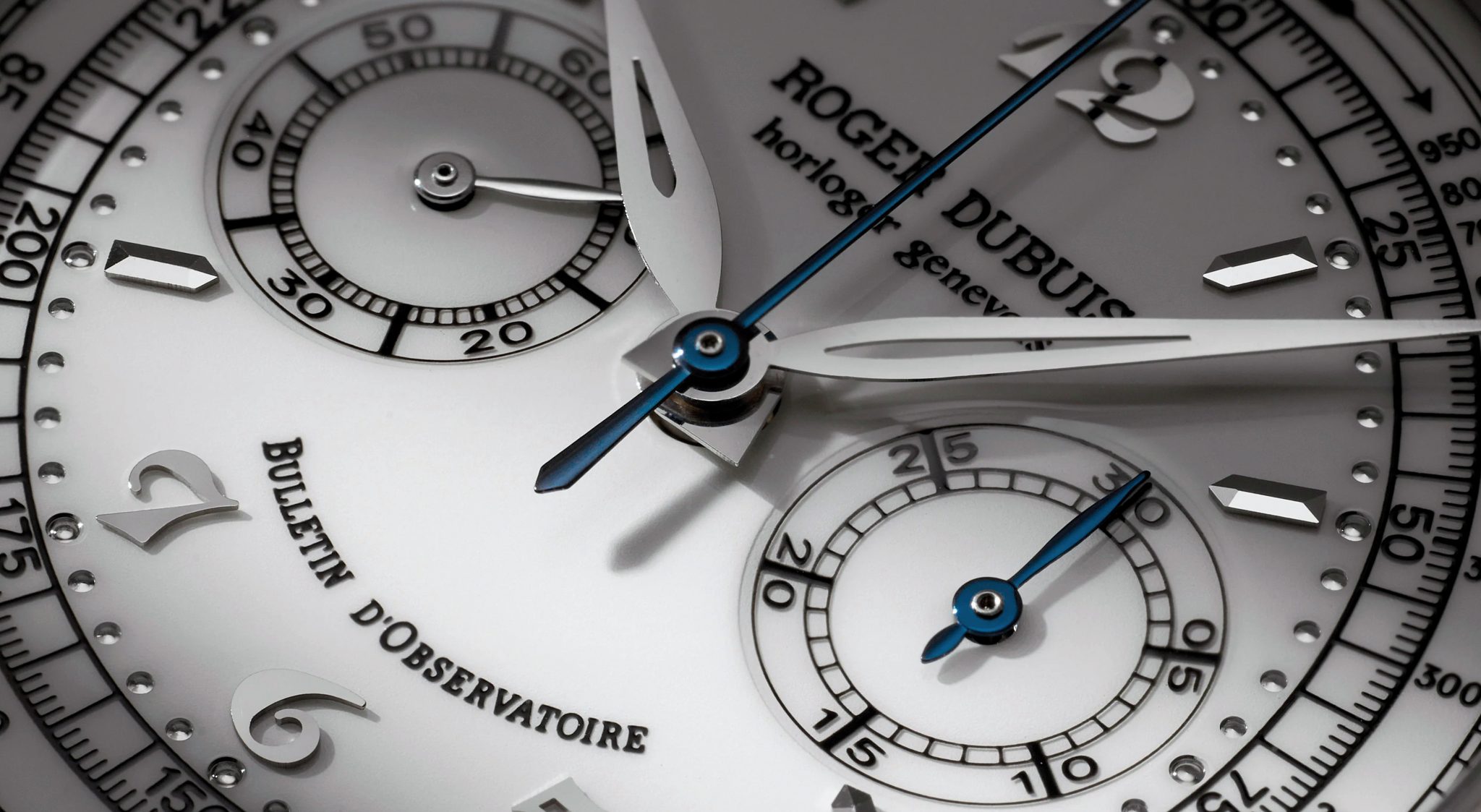
The 2310 was hand finished to an impressive level, each with a Geneva Seal. More importantly, all were submitted to the most rigorous timing standard that was available, certified by the Besançon Observatory. Testing there entails 16 days, 5 positions, and temperatures from 8°C to 23°C and finally 38°C. Regulation on each example was performed by Roger himself. Even today, watch brands will make a song and dance about in-house. Dubuis looked past what was the trend of the time to the classic Lemania ébauche, with confidence, and did things in the old manner collaboratively. Looking at a 3970 and this caseback side-by-side will tell you that. These really are perfect watches, and despite an uptick proportional in attention to neo-vintage, they’ve a long way to go to full appreciation today.
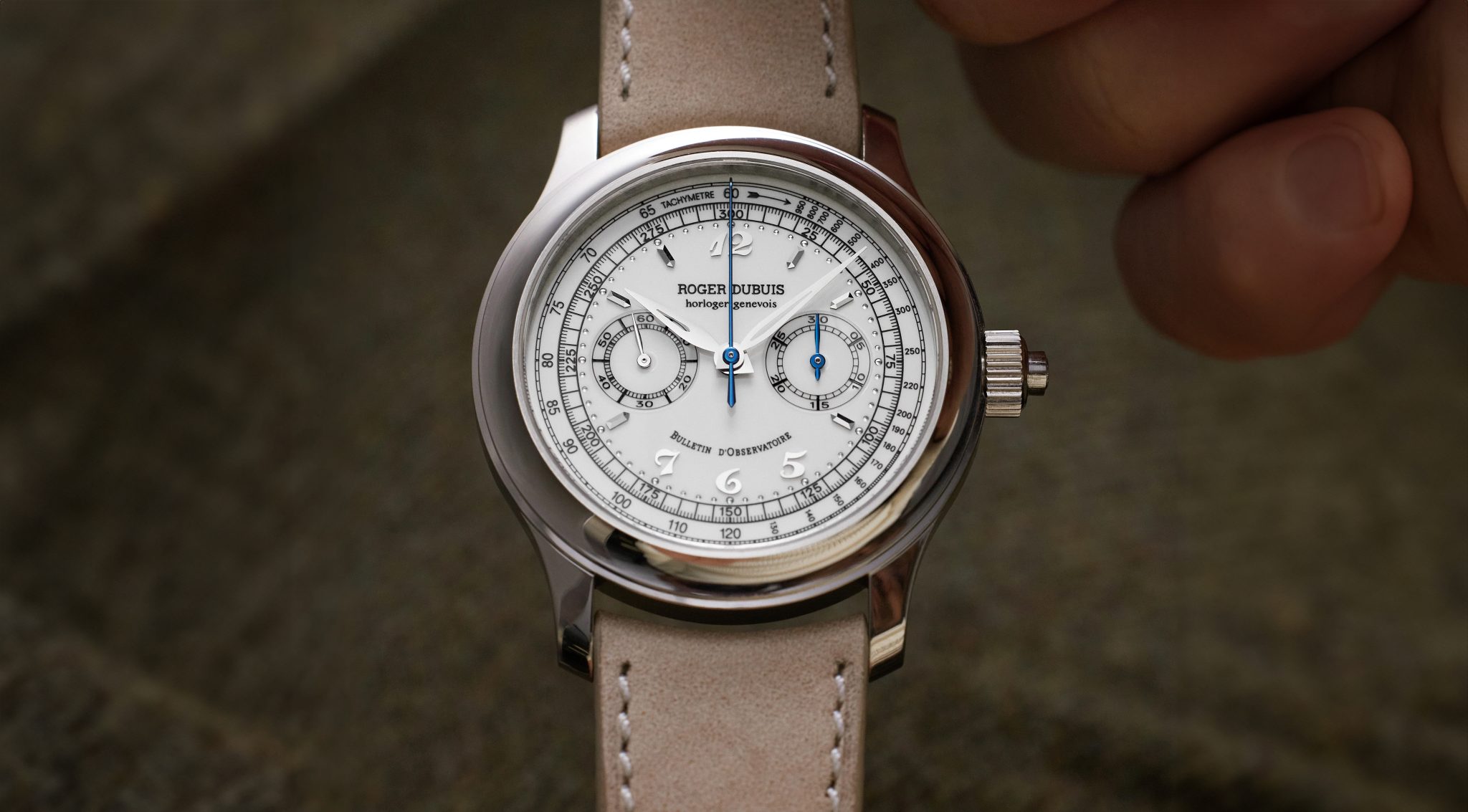
This example appears great; the case has deep hallmarks and only light wear. It comes with its box and hangtag, from a well-regarded London retailer.





